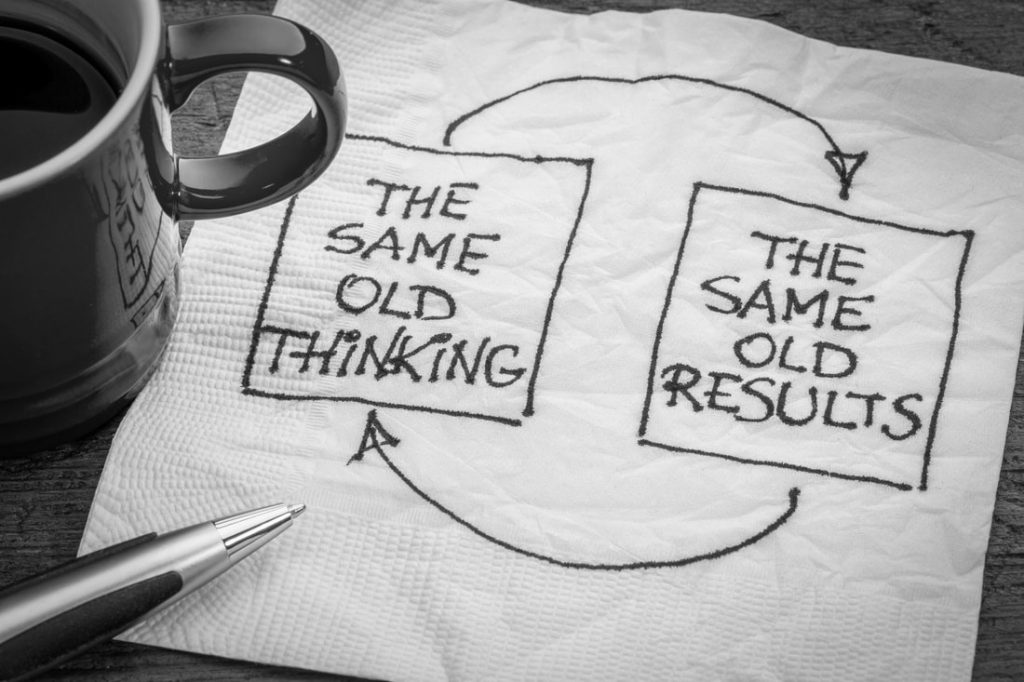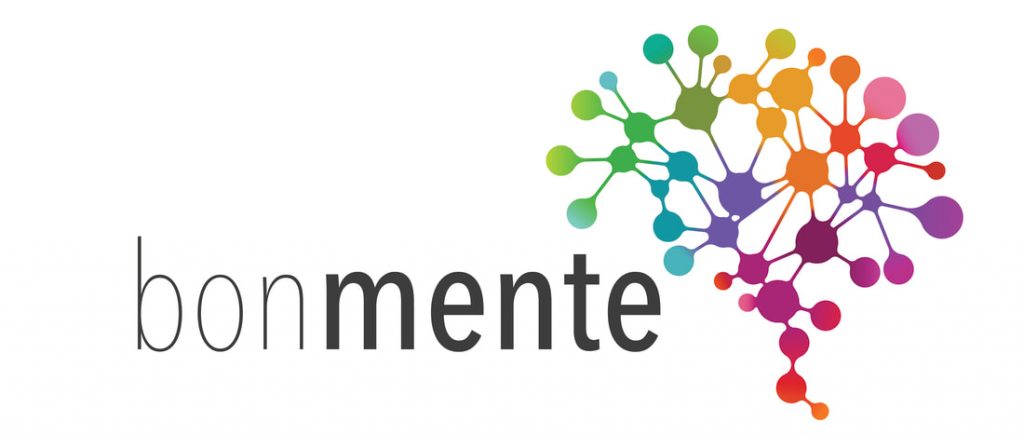How Does Telepsychiatry Work?

Psychiatry services help individuals handle mental health issues like anxiety and depression, but not everyone has the time to visit a physical psychiatry office. Telepsychiatry is ideal in these situations, using live video sessions to provide treatment in the comfort of your home or office. Bonmente provides this service to allow our patients access to treatment at any time and from anywhere. Here’s an overview of how telepsychiatry works:
Finding a Provider
While many mental health treatment providers offer their services, not all provide telepsychiatry sessions. The first step is finding a provider who does, and Bonmente is a reputable choice. We understand your busy schedule can get in the way of your treatment, so we offer diagnosis and treatment through video sessions. This option helps you talk to a medical professional regardless of time and location. As long as you have a smart device and a stable internet connection, you can access treatment.
Booking an Appointment
When you find a qualified telepsychiatrist, the next step is booking an appointment. Many providers have online portals where you can easily schedule your consultation. Determine when you’re free and book during that time. It can be lunchtime hours when you’re at work or evenings after work or when children are asleep. If you’re on Bonmente’s website, we have questionnaires you must fill in before getting treatment, and we ask that you fill them out completely to get the right care.
Discussing Your Situation
Telepsychiatry providers have an audio and video platform where they can interact with patients as they work to understand their situations better. The team at Bonmente will help treat a wide range of mental health issues, including ADHD, PTSD, depression, anxiety, bipolar disorders, sleep disorders, OCD, and more.
We encourage our clients to be as open and truthful as possible for effective treatment. Our platform features point-to-point NIST-approved AED 128-bit encryption and SHA 256 for excellent security. It also doesn’t store any audio or video calls for maximum confidentiality.
Getting Personalized Treatment
During your session with a telepsychiatrist, they’ll evaluate your condition thoroughly to formulate a customized treatment plan. They’ll assess your symptoms, the condition’s duration, how it’s affecting your personal life, and other related factors. Our team is qualified to prescribe anti-anxiety medication, antidepressants, stimulants, and other helpful medications.
We have electronic prescribing here at Bonmente. We send the prescription electronically to your desired pharmacy, and they receive it immediately. You can pick up the medications at your earliest convenience and use them as directed to treat your condition.
Scheduling Follow Up Appointments
Your telepsychiatry treatment doesn’t end after your first session with the professional. Follow-up appointments are necessary to evaluate the efficacy of your recommended treatment plan. During this appointment, the telepsychiatrist may ask whether you’ve noticed any improvements since the first session.
If negative symptoms have improved, the professional will determine your treatment plan has been effective. They may recommend continuing with the same treatment until you make significant progress. If you haven’t noticed any improvement or your situation has worsened, the psychiatrist may recommend changing your treatment plan. Additional follow-ups may be required to assess your progress further and adjust the treatment plan as necessary.
Choose Telepsychiatry for Your Mental Health Treatment
Technology has revolutionized how people access mental health care. Bonmente offers quality telepsychiatry services to evaluate your condition and develop a personalized treatment. We have a team of professional psychiatrists, and as long as you have a smart device with a stable internet connection, you can get the care you need to improve your quality of life. Contact us to book your appointment today.












